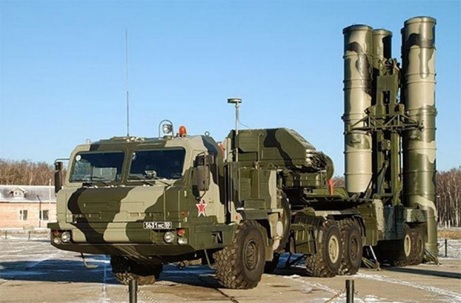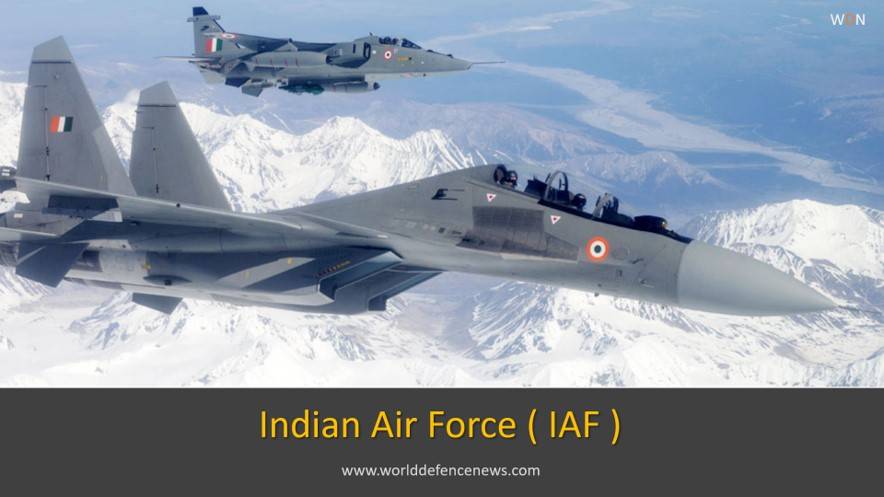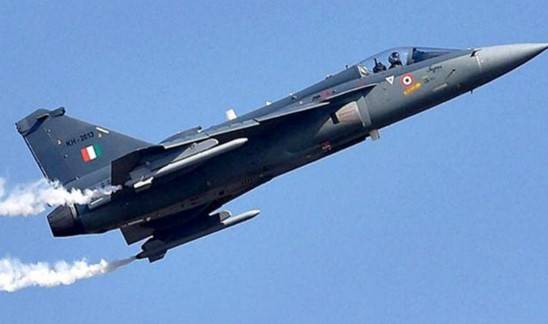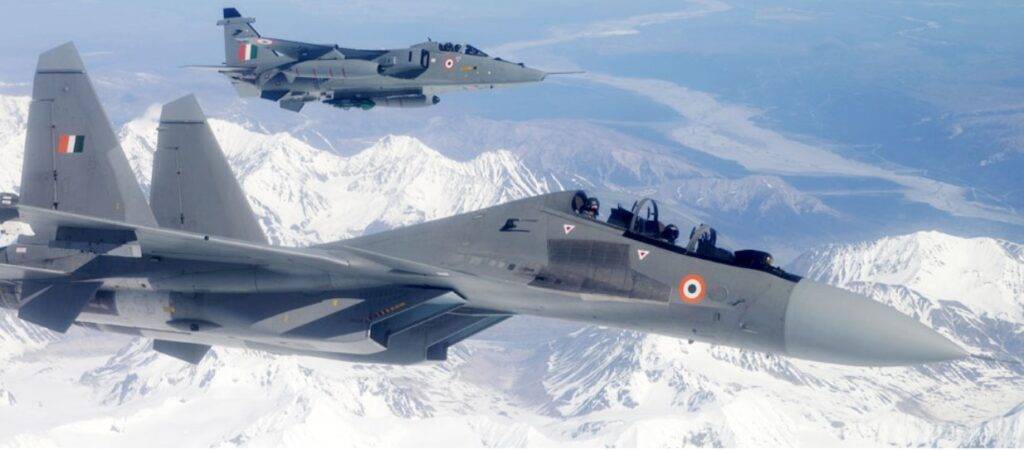
Indian Air Force
The Indian Air Force (IAF) is the air arm of the Indian armed forces. The main objective of the IAF is to secure Indian airspace and conduct aerial sorties to achieve the designated mission objectives.
The IAF has an active strength of over 170,000 personnel serving the Indian Air Force. Its personnel and aircraft assets rank fourth amongst the air forces of the world.
The IAF, with around 1,70,000 personnel and 1,500 aircraft, is the third largest air force in the world after the US and Russia. India replaced China to become the world’s third strongest air force in the Global Air Powers Ranking for 2022.
Indian Air Force Fighter Jets
Aircraft | Origin | Type | Variant | Strength | Aircraft |
France | Multirole Fighter Jet | EH / DH | 36 | ||
Sukhoi 30 | Russia | Multirole Fighter Jet | Sukhoi 30 MKI | 272 | |
Mirage 2000 | France | Multirole Fighter Jet | 2000 H/I | 51 | |
HAL Tejas | India | Multirole Fighter Jet | FOC / MK1 | 40 | |
Mig 29 | Russia | Multirole Fighter Jet | Mig 29 UPG | 69 | |
Jaguar | United Kingdom | Ground Attack Fighter Jet | IM / IS | 130 | |
Mig 21 | Russia | Interceptor | Bison | 126 |
Indian Air Force Multirole Fighters And Strike Aircrafts
The Indian Air Force operates aircraft and equipment of Russian (erstwhile Soviet Union), British, French, Israeli, US and Indian origins. However, Russian aircraft and weapon systems still dominate its inventory.
Under license, Hindustan Aeronautics Limited ( HAL ) manufactures some Russian aircraft in India. The Russian aircraft being produced by HAL include the Sukhoi 30 MKI. However, this production line is being replaced by LCA Tejas.
As per the information available in the public domain, Flight International estimates IAF inventory strength to be around 1,750 aircraft currently in service with the IAF. Whereas, the International Institute for Strategic Studies provides a similar estimate of 1,850 aircraft.
Both sources estimate the number of fighter aircraft at approximately 900, which are combat aircraft.
The Dassault Rafale is a French origin twin engine multirole fighter aircraft manufactured by Dassault. Rafale design is based on canard delta wing.
The Rafale is equipped with AESA radar and a wide range of weapons to perform air supremacy, interdiction, aerial reconnaissance, ground support, in-depth strike, anti-ship strike and nuclear deterrence missions.
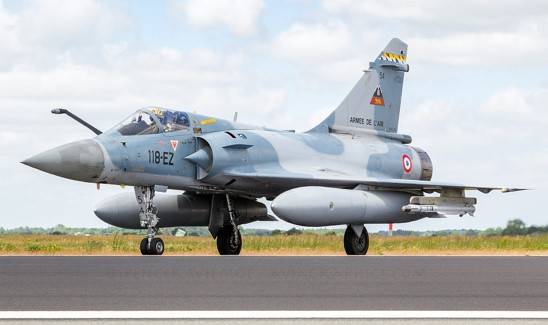
Mirage 2000
The Mirage 2000 is a French origin single engine multirole fighter aircraft manufactured by Dassault. The Mirage design is based on pure delta wing.
Recently upgraded IAF Mirage is equipped with new Thales RDY 2 radar, and a wide range of weapons. The Mirage 2000 is one of the most potent plane used by IAF during Kargil war 1999 and recent surgical strikes 2019.
Learn More
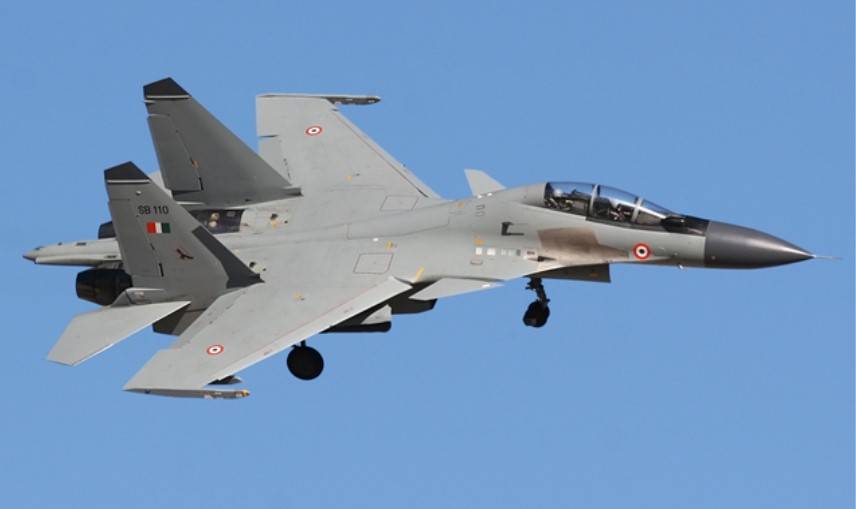
The Sukhoi SU-30 MKI is a Russian origin twin engine multirole fighter aircraft manufactured by Sukhoi. It is designed as a heavy-duty, all weather, air supremacy fighter.
The Sukhoi 30 MKI is equipped with AESA radar and a wide range of weapons. The MKI variant is tailor-made for Indian specifications and integrates both Indian, French and Israeli avionics and sub-systems.
The Light Combat Aircraft ( LCA ) HAL Tejas indigenous single engine fighter plane developed to replace IAF Mig 21. It was jointly designed and produced by Aeronautical Development Agency ( ADA ) and DRDO.
The first squadron of LCA Flying Daggers is already inducted 2016 and operational in IAF. The LCA is equipped with Israeli AESA radar and wide range latest weapons.
History Of Indian Air Force
The Indian Air Force (IAF) is the air arm of the Indian Armed Forces. It was officially established on October 8, 1932, and has since played a vital role in defending India’s airspace and providing aerial support to the country’s army and navy.
Today, the Indian Air Force is one of the world’s largest air forces, with more than 1,500 aircraft and over 140,000 personnel. It continues to play a vital role in safeguarding India’s airspace and providing humanitarian assistance and disaster relief during times of crisis.
Here’s a brief history of the Indian Air Force:
Pre Independence History Of Indian Air Force
The history of the Indian Air Force (IAF) can be traced back to the early 1930s, when the British established the Indian Air Force as an auxiliary air force of the Royal Air Force (RAF).
In 1932, the Indian Air Force was officially formed as a separate entity, with headquarters in Delhi. The first Indian Chief of the Air Staff was Air Marshal Sir Thomas Walker Elmhirst, who took up the position in 1934.
During the pre-independence era, the IAF primarily served as a support force for the British Indian Army, providing air cover and reconnaissance during military operations. The IAF also played a crucial role in suppressing the Quit India Movement of 1942, which sought India’s independence from British rule.
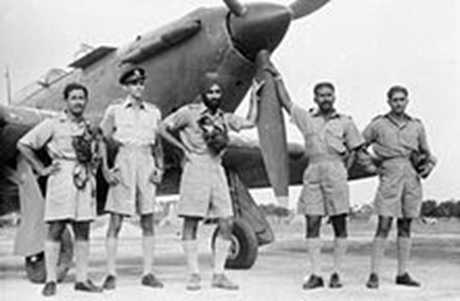
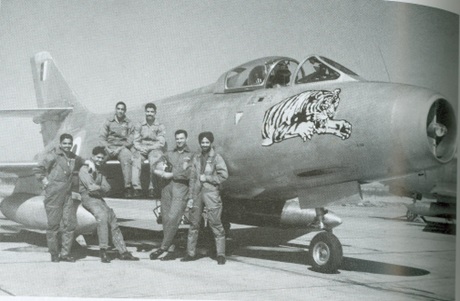
Despite the limited resources and infrastructure, the IAF managed to make significant contributions to the Allied war effort during World War II. The IAF played a crucial role in the Burma Campaign, providing close air support to ground troops and conducting bombing raids on Japanese targets.
In 1947, India gained independence from British rule, and the IAF became a separate entity, distinct from the RAF. The IAF underwent a significant modernization program in the years following independence, acquiring new aircraft and expanding its capabilities.
Overall, the pre-independence British era history of the IAF was marked by its role as a support force for the British Indian Army and its contributions to the Allied war effort during World War II.
Post Independence History Of Indian Air Force
After India gained independence in 1947, the Indian Air Force (IAF) became a separate entity, distinct from the Royal Air Force (RAF). The IAF underwent a significant modernization program in the years following independence, acquiring new aircraft and expanding its capabilities.
One of the first major conflicts that the IAF participated in post-independence was the Indo-Pakistani War of 1947-1948, where it played a significant role in providing air support to ground troops. In the years following the war, the IAF continued to modernize its fleet and expand its capabilities, with the induction of jet aircraft and the establishment of a dedicated fighter pilot training school.
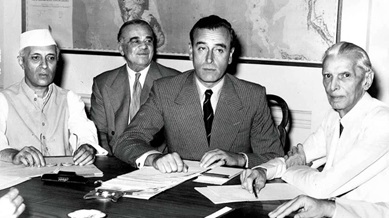
The IAF played a significant role in the 1962 Sino-Indian War, providing air support to ground troops in the difficult mountainous terrain. The IAF also played a crucial role in the 1965 Indo-Pakistani War, conducting numerous sorties and air strikes against Pakistani targets.
The 1971 Indo-Pakistani War was a significant milestone for the IAF, as it played a decisive role in securing India’s victory in the conflict. The IAF conducted a series of daring raids on Pakistani airfields, destroying a large number of enemy aircraft on the ground and establishing air superiority over the battlefield.
IAF 20th Squadron , 1971 India - Pakistan War
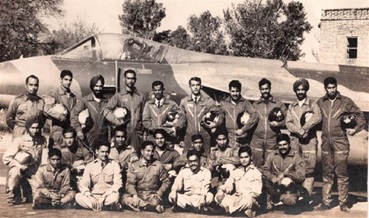
In the years following the 1971 war, the IAF continued to modernize and expand its capabilities, acquiring new aircraft and weapons systems. The IAF has also been involved in a number of humanitarian and disaster relief operations, both within India and abroad.
In recent years, the IAF has been actively involved in operations against insurgent groups in Jammu and Kashmir, as well as conducting regular exercises with other friendly nations. Overall, the post-independence era history of the IAF has been marked by its growing capabilities and contributions to India’s defense and security.
Indian Air Force in the 1971 Indo-Pak War
The 1971 Indo-Pak War was a significant milestone for the Indian Air Force (IAF), as it played a decisive role in securing India’s victory in the conflict. The IAF conducted a series of daring raids on Pakistani airfields, destroying a large number of enemy aircraft on the ground and establishing air superiority over the battlefield.
The IAF’s campaign in the 1971 war began with a pre-emptive strike on Pakistan’s airfields on December 3, 1971, destroying a large number of Pakistani aircraft on the ground. This was followed by a series of air strikes against Pakistani targets, including ammunition dumps, airfields, and military installations.
Indian Victory In 1971 Indo-Pak War , Pakistan's Surrender In 1971 Indo-Pak War
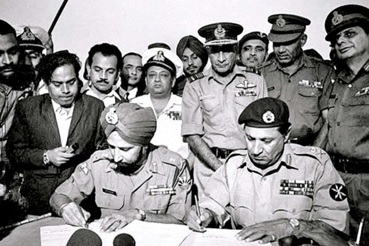
One of the most daring operations carried out by the IAF during the war was the bombing of the heavily defended Pakistani airfield at Peshawar by a group of four Indian Air Force Sukhoi-7 fighter bombers, which destroyed several Pakistani aircraft and severely damaged the runway.
The IAF also played a crucial role in providing close air support to Indian ground troops, attacking Pakistani positions and infrastructure in the eastern theatre of the war. The IAF’s ability to establish air superiority over the battlefield was a critical factor in India’s victory in the war.
Overall, the IAF’s performance in the 1971 Indo-Pak War was highly commendable, and it played a crucial role in India’s victory in the conflict. The IAF’s success in establishing air superiority over the battlefield demonstrated its growing capabilities and marked a significant milestone in the history of the Indian Air Force.
Modern Indian Air Force
The modernization of the Indian Air Force (IAF) has been a continuous process since independence, with a focus on upgrading its capabilities, acquiring new aircraft, and modernizing its infrastructure.
Under the leadership of Prime Minister Narendra Modi government and Indian Defence Ministry, the IAF is being rapidly modernized. The IAF has also been actively involved in upgrading its existing aircraft and weapons systems, as well as investing in new technologies and capabilities.
In recent years, the IAF has undergone a significant modernization program, with the induction of advanced fighter jets, transport aircraft, air defence systems, missiles and helicopters.
IAF Acquired Latest Dassault Rafale
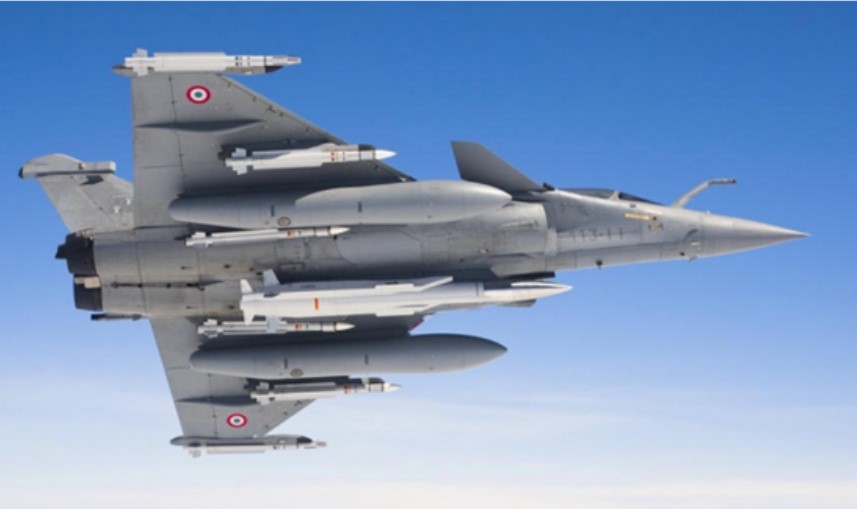
One of the key modernization programs of the IAF has been the acquisition of the Rafale multi-role fighter aircraft from France, which is considered to be one of the most advanced fighter aircraft in the world. The IAF has also acquired a number of other advanced fighter jets, including the Sukhoi Su-30MKI and the HAL Tejas.
The IAF has also been actively involved in upgrading its transport aircraft capabilities, with the acquisition of the Boeing C-17 Globemaster III and the Lockheed Martin C-130J Super Hercules transport aircraft. The IAF has also invested in new helicopter platforms, including the Boeing AH-64 Apache attack helicopter and the HAL Dhruv multi-role helicopter.
In addition to its modernization efforts in the air, the IAF has also been actively involved in modernizing its ground infrastructure, including its airfields, maintenance facilities, and command and control systems.
IAF Acquired Latest Boeing Apache AH64
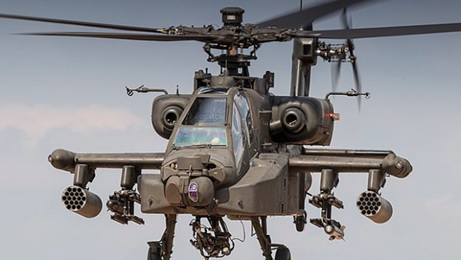
The modernization of the Indian Air Force has been a continuous process, with a focus on acquiring new technologies and capabilities to enhance its operational effectiveness and meet the evolving security challenges facing India. The IAF’s modernization efforts have positioned it as one of the most capable air forces in the region, with a growing ability to project power and defend India’s airspace.
IAF S400 Missile System Acquisition
The S-400 Triumph is a highly advanced surface-to-air missile system developed by Russia. It is designed to engage a wide range of targets, including aircraft, drones, and ballistic missiles, at ranges of up to 400 kilometres and altitudes of up to 30 kilometres.
The Indian Air Force (IAF) has signed a deal with Russia for the acquisition of five S-400 systems, which are expected to be delivered by 2023. The deployment of the S-400 is expected to enhance the IAF’s air defense capabilities, particularly in countering aerial threats from Pakistan and China.
The deployment of the S-400 missile system is likely to have a significant impact on the regional security dynamics, as it will increase India’s ability to deter and defend against potential threats from its neighbours.
IAF Acquired Formidable Russian S400 Missile Air Defence System
